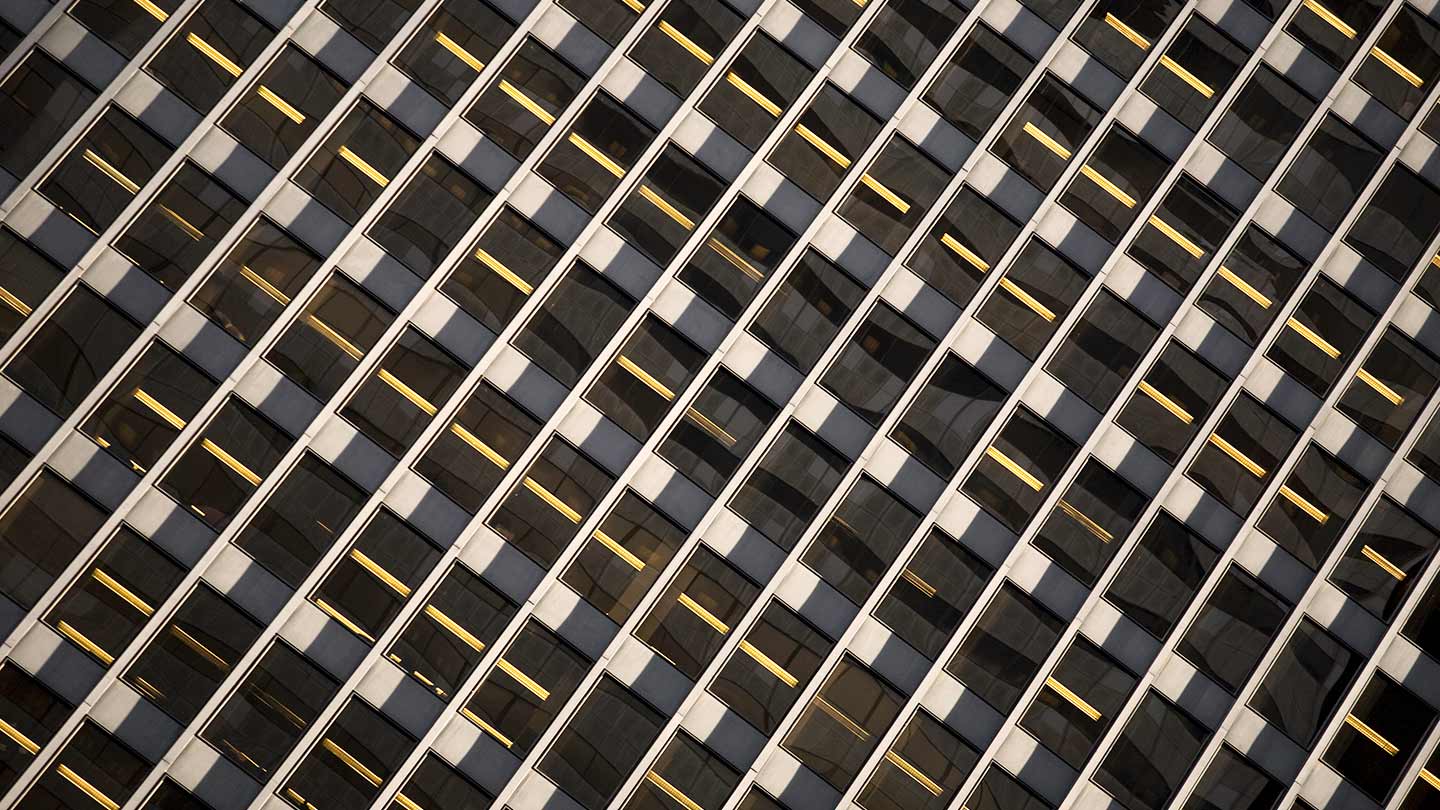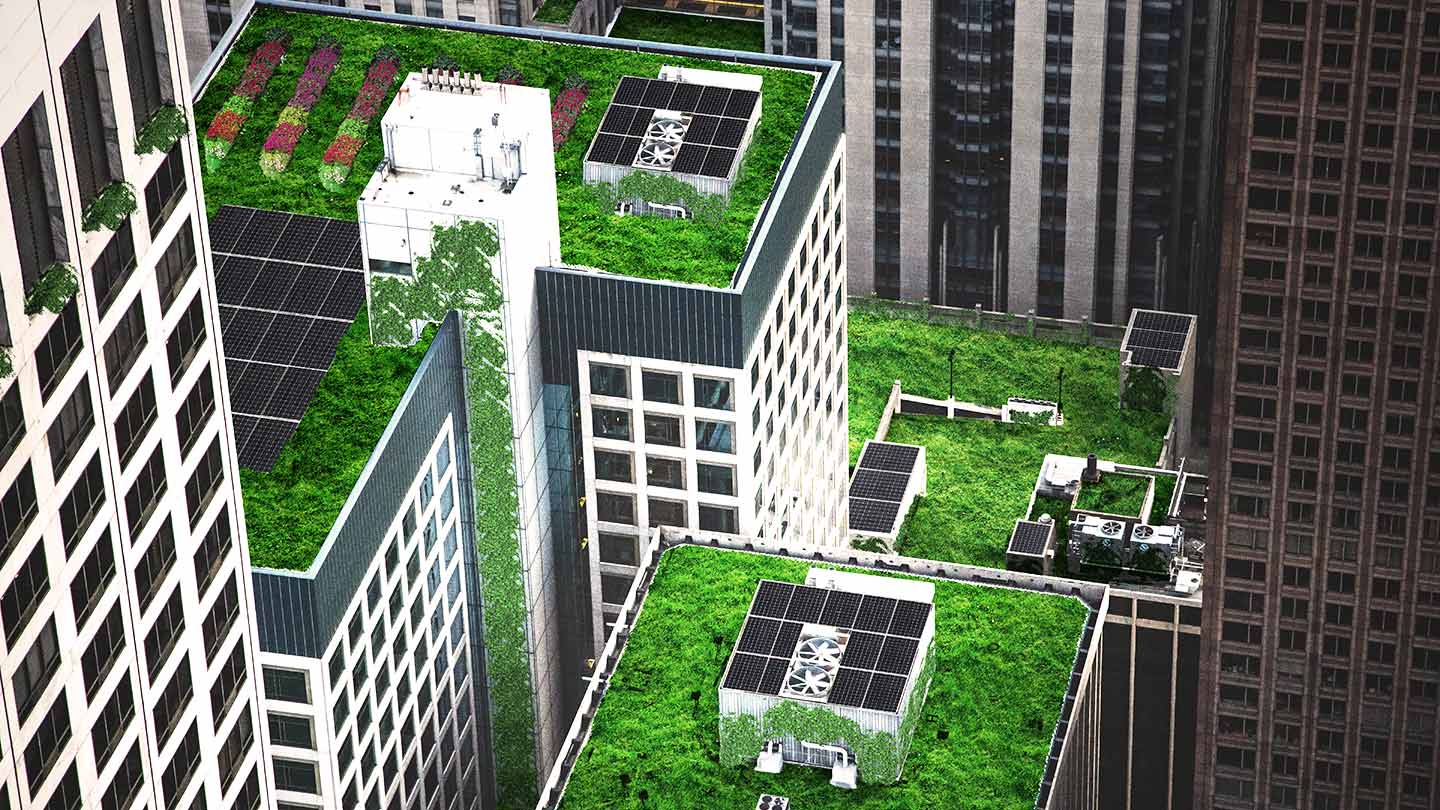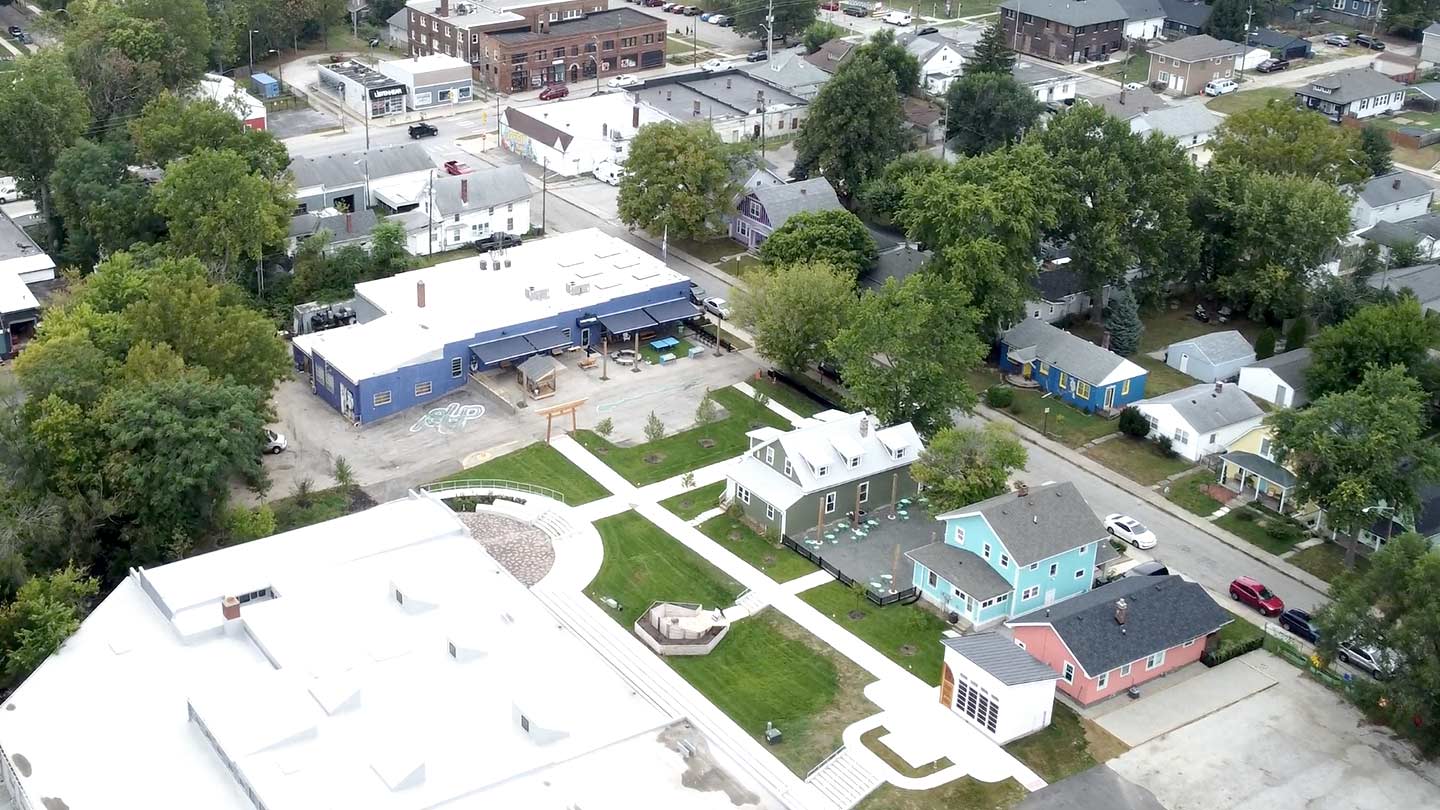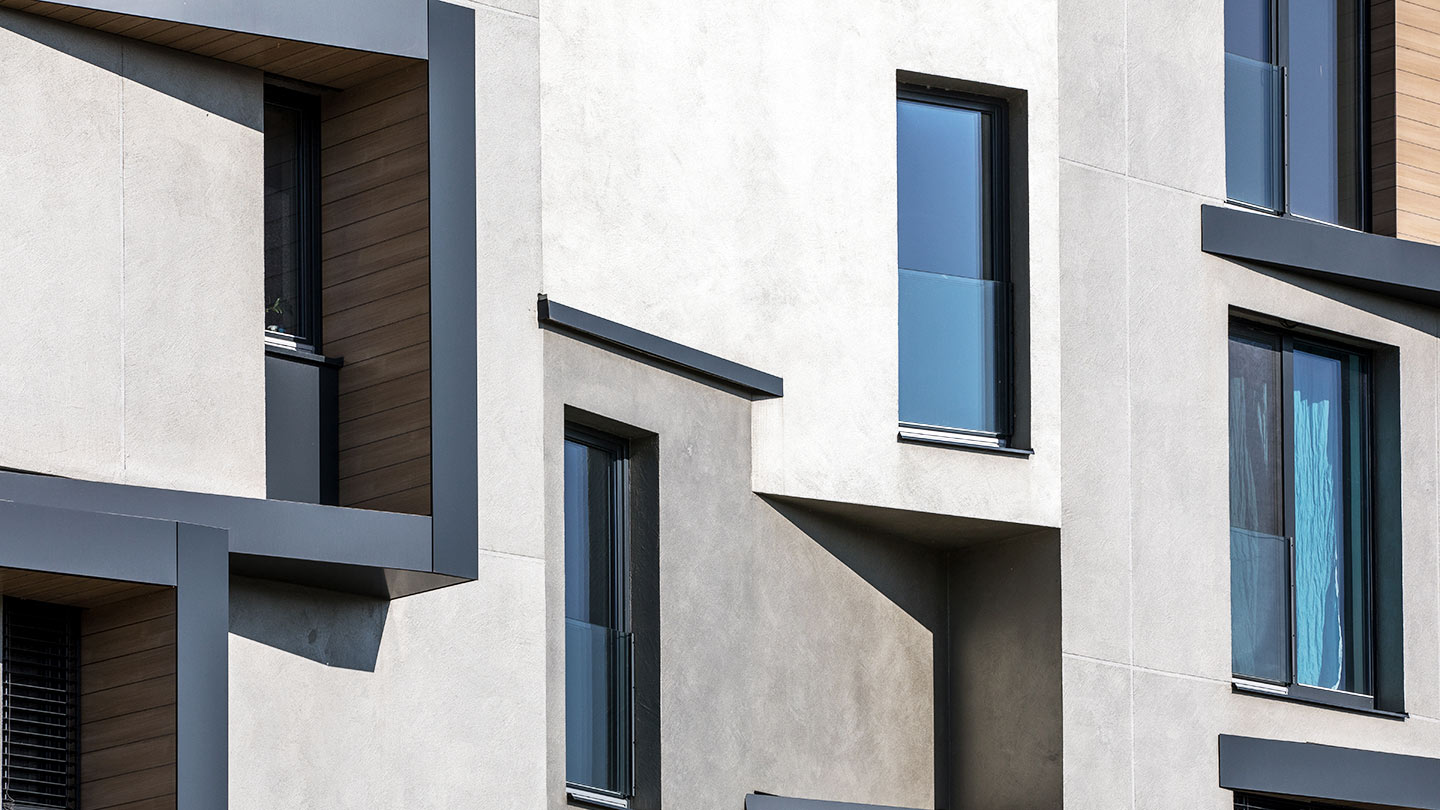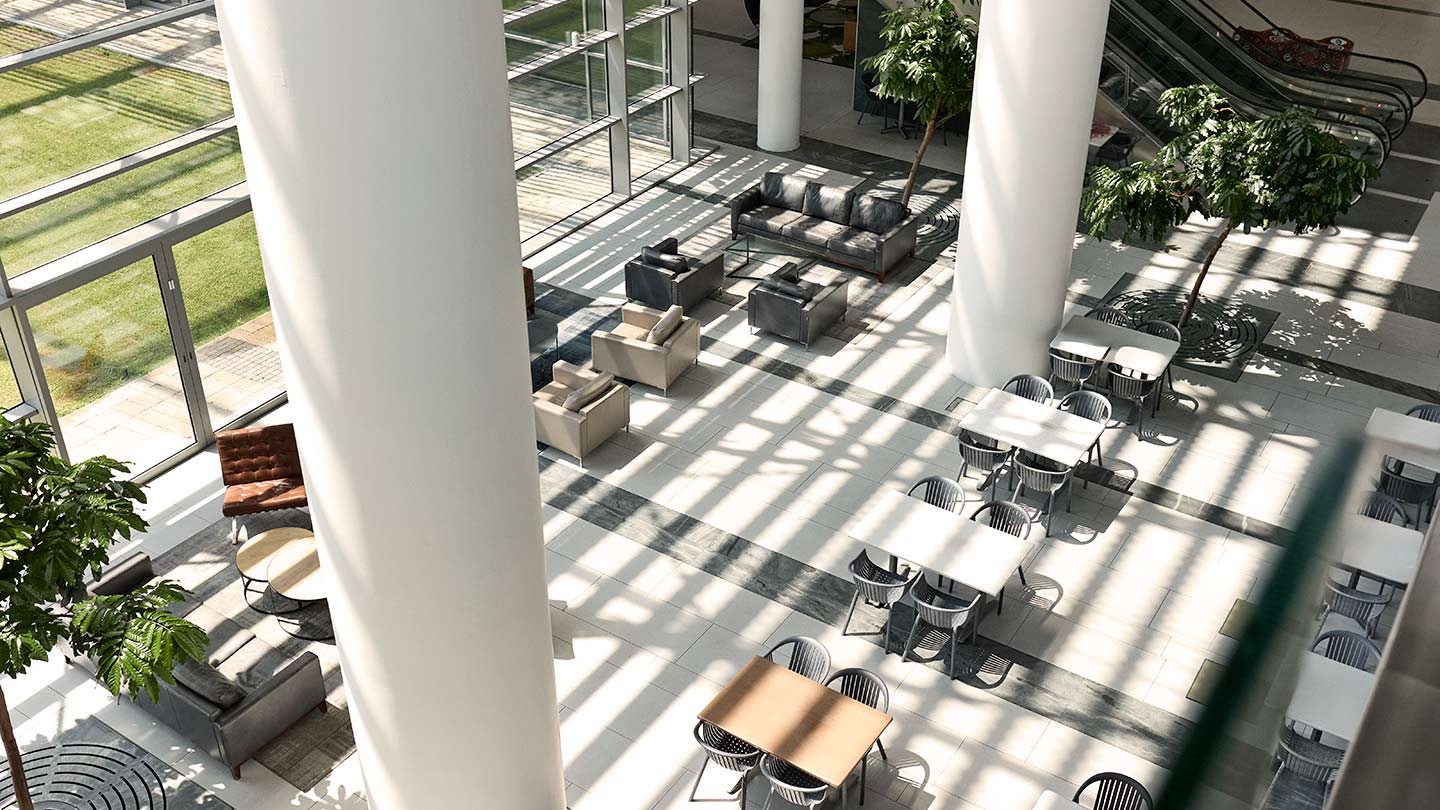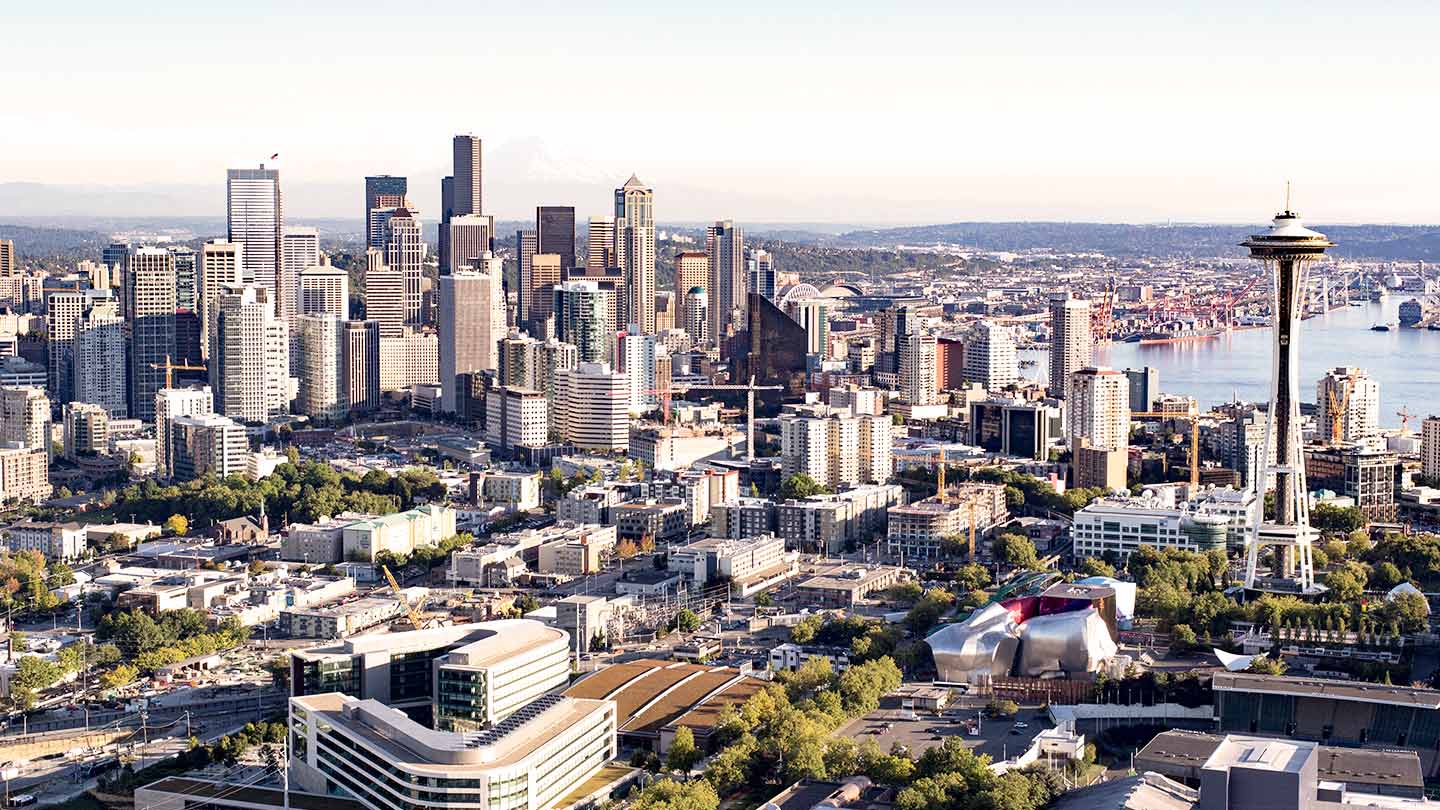
5 min read
Multifamily fundamentals remain solid amid ongoing economic and interest rate uncertainty.
“Most of the supply introduced into markets around the country over the last couple of years has been delivered and is stabilizing,” said Kurt Stuart, co-head of Commercial Term Lending at Chase.
“That is why you're seeing strong rent growth and occupancy in many markets around the country, coastal markets in particular,” he said. There are some anomalies. “You still have a little bit of softness in the portions of the Bay Area, but even that has improved dramatically in recent years.”
Occupancy and rent growth are positive, according to Moody’s. Nationwide, vacancies sat at 6.4% in Q1, with 7.8% vacancy for luxury apartments and 5% for B- and C-class multifamily. Effective rent increased 0.6% from January to May 2025.
Stuart shares trends, challenges and opportunities in multifamily markets across the country.
A tale of two markets
The market is characterized by two kinds of investors: those who are comfortable in the current environment and ready to act, and those who are taking a more conservative approach.
Some multifamily investors have accepted elevated interest rates are here to stay and seek capital. “There is more acquisition activity—people have more conviction making investments and purchasing assets,” Stuart said.
Delve into the details of Bay Area multifamily and other California markets:
- Los Angeles (updated February 26, 2025)
- Orange County (updated March 6, 2025)
- Sacramento (updated February 26, 2025)
- San Diego (updated March 7, 2025)
- San Francisco (updated February 28, 2025)
“There's another segment of the market that’s quite cautious about the impact of tariffs on operational costs, but I am optimistic that we will have more clarity on that aspect of the industry heading into 2026,” Stuart said. Multifamily uses a lot of imported products and materials, not only for new construction, but also renovations and large-scale projects, such as roofing, electric and plumbing work.
This group is also concerned about uncertainties around labor costs, inflation and potential rent control legislation.
Challenges for multifamily
Multifamily faces a host of challenges. Affordability and inflation are chief among them.
Affordability
Affordability is the biggest challenge for multifamily across the country and requires significantly growing the housing supply.
“If we as a society have a goal for overall rent levels and housing costs to be more affordable, the development of housing has to keep up with household formation and household mobility,” Stuart said.
While this is a concern nationwide, major metros face a steep uphill battle.
“Large cities have the most acute issues around affordability—historically, they’ve been the hardest places to add new supply,” he said. In New York and other large metros, land availability is a factor. Zoning and additional legislation often create unintended restrictions on housing affordability and the multifamily sector as a whole.
NIMBYism is also a factor in many of these cities. Construction can be disruptive, noisy and—while temporary—unpleasant if you’re living with it as a neighbor.
See how multifamily is faring in major metropolitan areas:
- Chicago (updated March 7, 2025)
- Boston (updated February 26, 2025)
- New York (updated February 26, 2025)
- Washington, D.C. (updated March 10, 2025)
Inflation
Inflation is another major concern for multifamily. While inflation can lead to higher rental income and property values, the negatives may outweigh the positives.
Investors are already contending with several issues that increased prices could exacerbate:
- Potential labor shortages stemming from immigration policies
- More expensive materials as a result of higher tariffs
- Higher borrowing costs because of interest rates
- Rising insurance costs fueled by severe weather events
Material, labor, insurance and maintenance costs usually increase with inflation, adding to already rising multifamily expenses. Higher materials and construction expenses may also increase existing apartments’ replacement cost value.
Opportunities in multifamily
Despite a challenging economic environment, opportunities remain in multifamily.
- Combatting inflation: “Many investors see an opportunity to invest in the multifamily sector because it’s a natural inflation edge and a sector that is historically hard to increase supply,” Stuart said. Plus, cap rates have expanded because of interest rates’ movement over the last two years.
- Proptech: Multifamily proptech is wide ranging and includes electronic key access, smart tools to help manage lighting, heating, cooling and other complex systems involving solar, security and water conservation. And not to be forgotten is back office technology that help streamline accounting, invoicing and vendor payments. “Tech adoption in commercial real estate varies widely, and the value delivered to the end user can also vary widely. It really requires some scale to deliver value to the investor,” Stuart said. But technology grows more accessible over time. For example, electronic key access is less expensive today than it was five years ago. “Bill Gates once said we overestimate the change that occurs in two years and underestimate the change that occurs in the next 10,” Stuart said. “Property management systems are a terrific example of this. The fastest growing companies in that space all started in the last 15 years and have quickly gained market share.”
- Local legislation: While presidential administration policies could impact multifamily, local legislation can have a much greater effect on the sector. For example, a recent Minnesota law made significant changes to shared-meter utility billing regulations. Likewise, recent Colorado legislation states that landlords may not require prospective renters to have an annual income exceeding 200% of the annual rent.
Learn more about how local legislation impacts Denver and Minneapolis multifamily:
- Denver (updated April 16, 2025)
- Minneapolis (updated March 10, 2025)
The bottom line: Despite uncertainty around tariffs, interest rates and government policies, multifamily remains strong nationwide. However, real estate is a local game, so it’s important that investors consider the dynamics of their specific markets.
JPMorgan Chase Bank, N.A. Member FDIC. Visit jpmorgan.com/commercial-banking/legal-disclaimer for disclosures and disclaimers related to this content.
